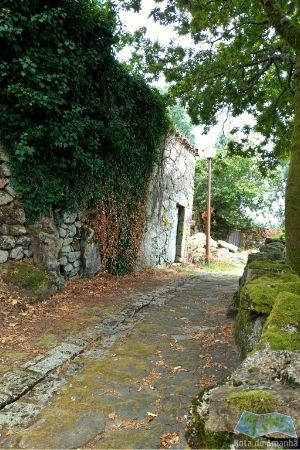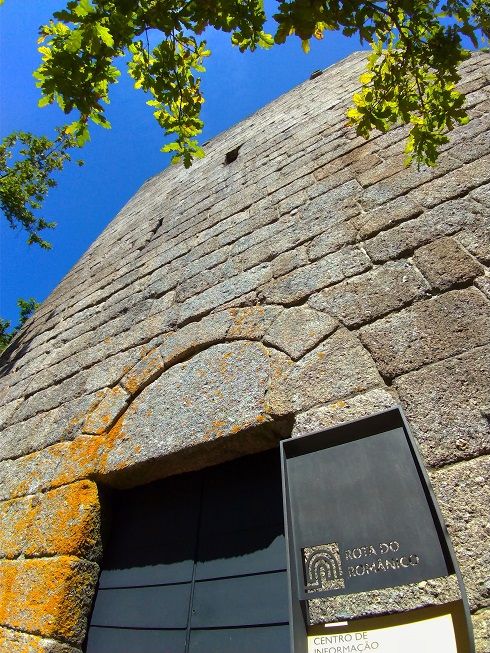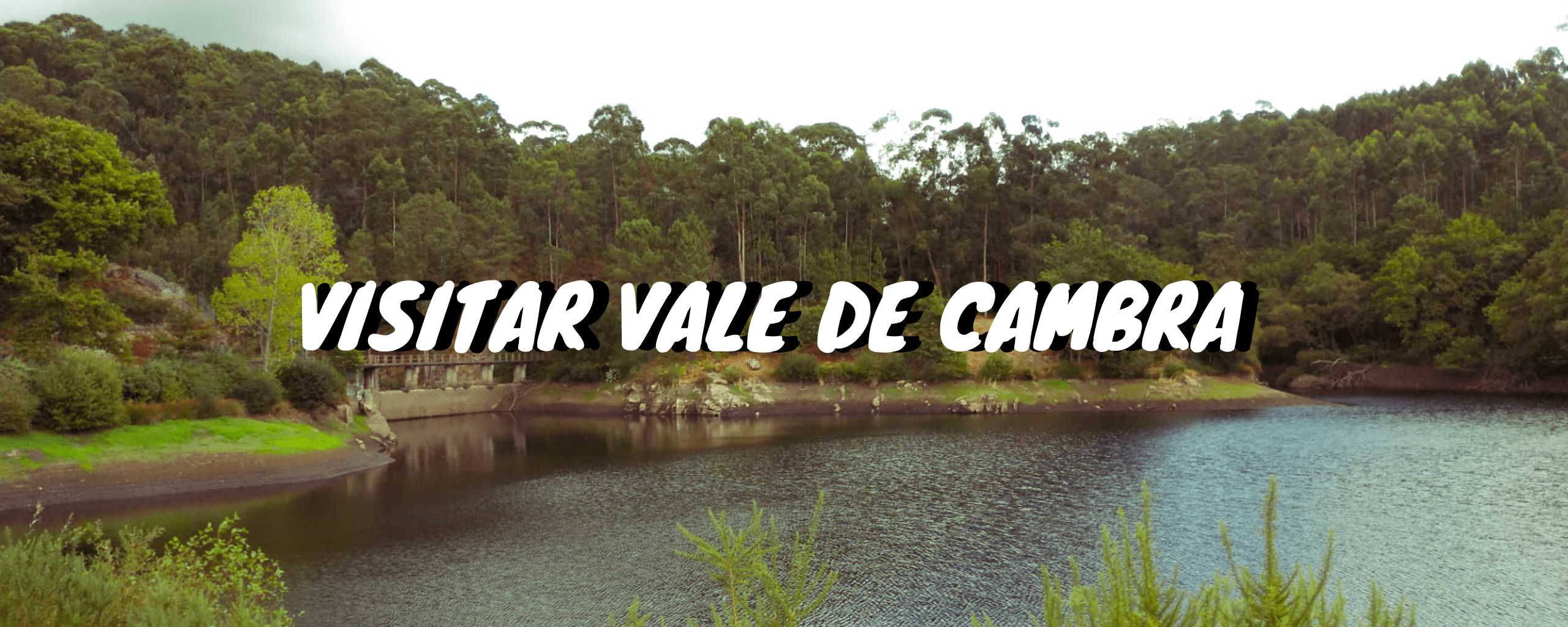
The city of Vale de Cambra is located in a peculiar location, surrounded by mountains, where the neighboring and magnificent village of Arouca is located. Thus, and despite having a more urban setting, we recommend visiting Vale de Cambra to anyone passing the region.
City Park Dr. Eduardo Coelho
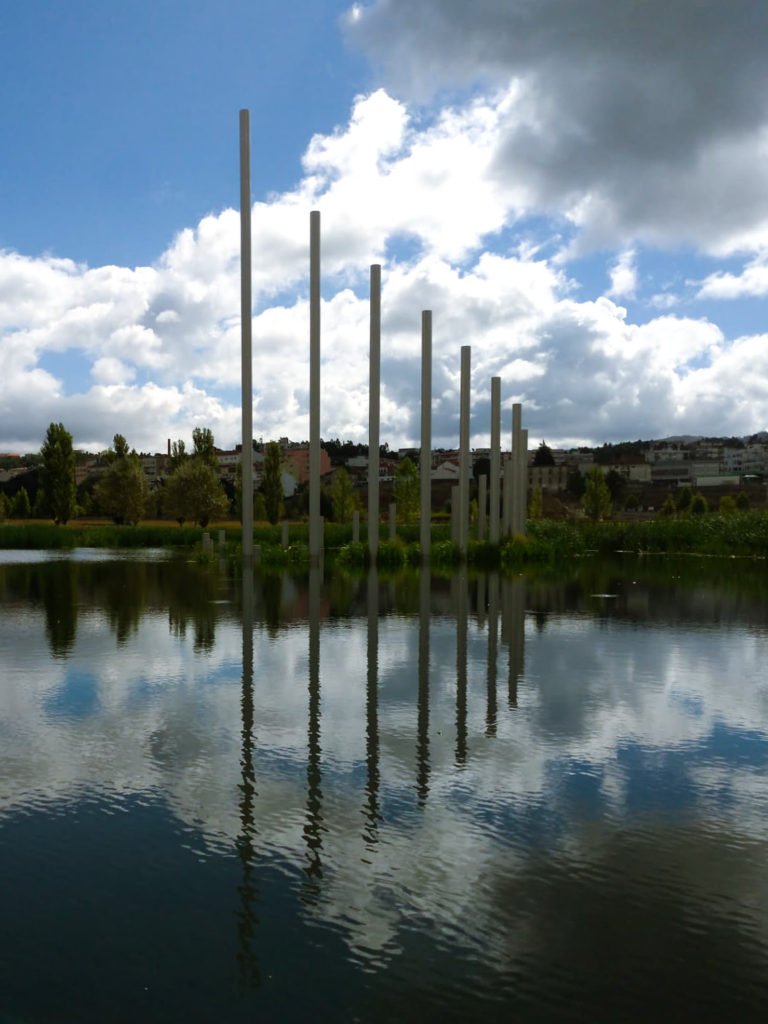
First, right in the center of the village, we find this huge park, with a area of about 24 hectares, being surrounded by the river.
Além da sua extensa área verde, o parque tem ainda um total de 2,3 km de ciclovia, assim como vários campos para prática de desporto, como campos de jogos, minigolfe e um skate park.
Likewise, they can take the opportunity to rest and drink a cool drink at the café, called Vale Mágico, located on one side of the park.
Despite the beauty of its landscape, the most outstanding element is undoubtedly the main lake, where there is an installation composed of about 30 posts, forming a spiral, standing out for its grandeur.
Trebilhadouro
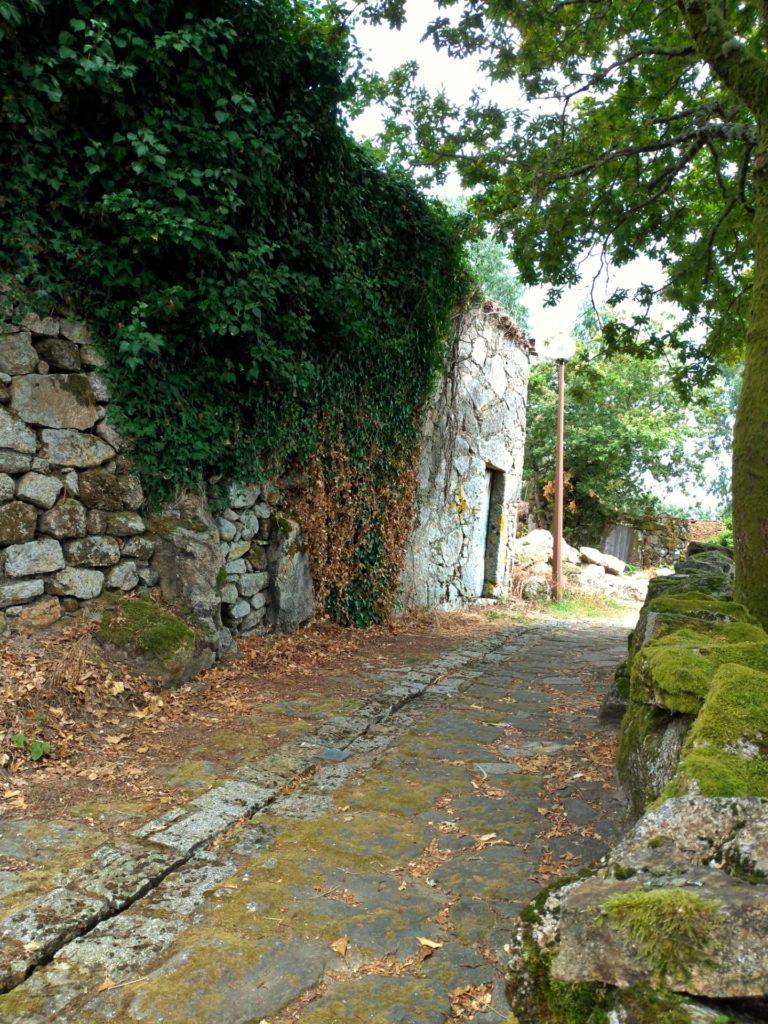
Already on the outskirts of the central area of Vale de Cambra, we find the old village of Trebilhadouro, belonging to Serra da Freita.
Taking its name from a legend about three golden jugs having been found here, Trebilhadouro is currently dedicated to rural tourism, with no permanent inhabitants since the 1980s.
With a total of 10 houses, Trebilhadouro é um bom sítio para dar um passeio ou, quem sabe, pernoitar na calma da natureza. Adicionalmente, e se o tempo estiver bom, dá para ver daqui o mar e a Ria de Aveiro.
If you want to visit other traditional villages in the region, you can visit, for example, the villages of Arões or Cepelos, both belonging to Vale de Cambra.
Barragem Engenheiro Pacheco
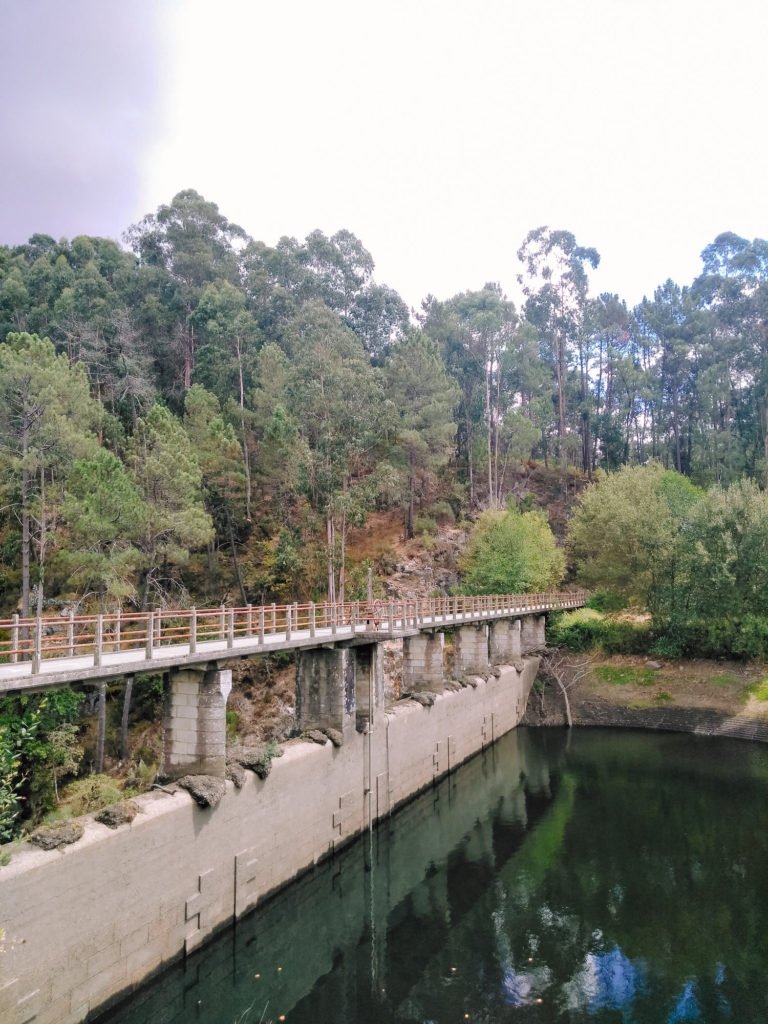
Built between 1936 and 1942, the Engenheiro Pacheco Dam is a large construction, located just over 10 minutes from the city center.
Having a storage capacity of 330,000 cubic meters of water, this dam is composed of a dike with a 24 meter high waterfall. However, when we visited (September) there was no water falling, so it will depend on the time you choose.
Comprising a small bridge that crosses the main area of the dam and the dike, it is still possible to find here otters, although it is not easy to see them.
However, bear in mind that the dam only has parking for cars on one of its sides, on the left bank: on the Rua da Batalha side.
Levada de Santa Cruz e Poço do Pisão
Later, after visiting the dam, we recommend visiting this levada. To do so, go to its left bank, next to the car park, where you will find a wooden plaque that indicates the location of this levada, part of the Water and Stone Route (coordinates for the start of the levada path: 40.849034, -8.352733).
From here, it's a path of about 1km (on each side), until you reach Pisão Pit. This consists of a large cluster of water, with a small waterfall and a bridge from the 17th/18th centuries.
In our case, and due to the heavy rains that had occurred, the Levada was not able to be followed until the end. So we had to go back in the final part, so be aware of the height and weather of the previous days. Additionally, take appropriate footwear because the levada becomes steep and slippery in some parts.
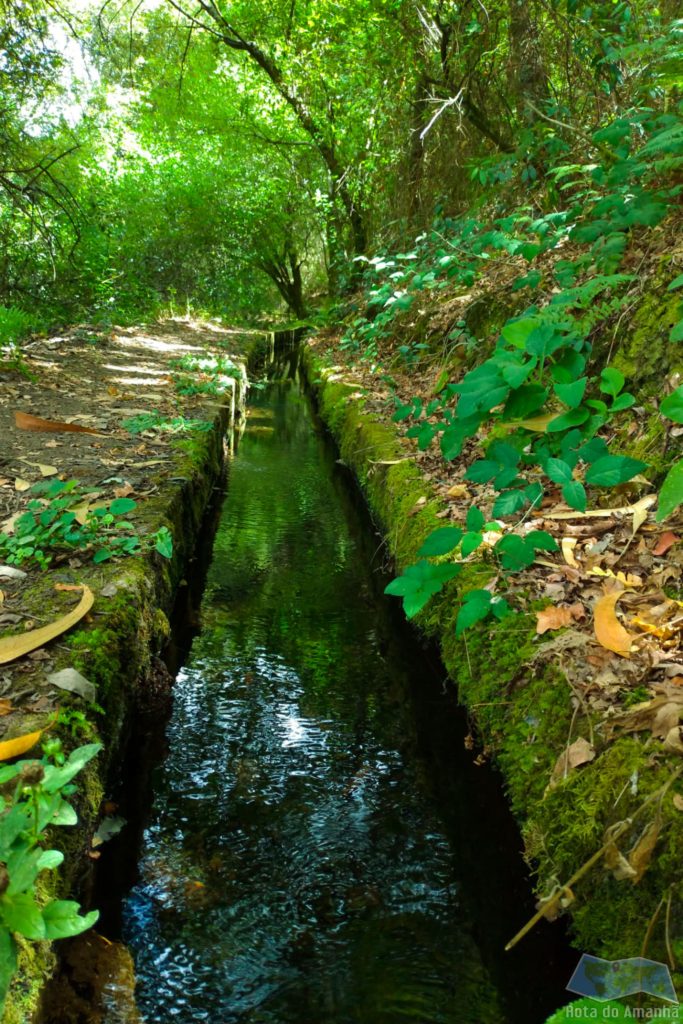
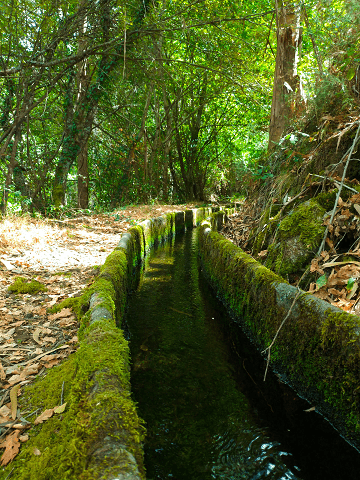
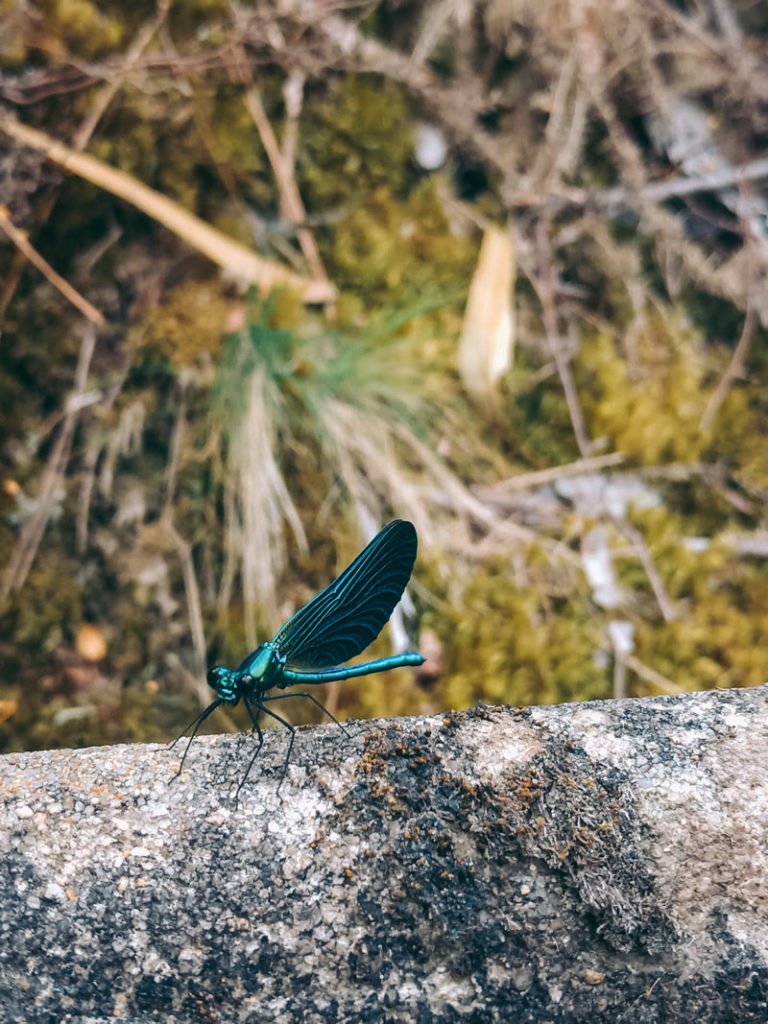
Sanctuary of Nossa Senhora da Saúde
Further away from the central area of the city, the Sanctuary of Nossa Senhora da Saúde, at the top of Serra do Arestal. This is a construction of almost one hundred years that, annually in the month of August, brings together a large number of pilgrims.
pedestrian trails
Additionally, and for those who want to know a little more about Vale de Cambra, a total of seven distinct rails, and the information is available on the City Council website (here).
more to see

